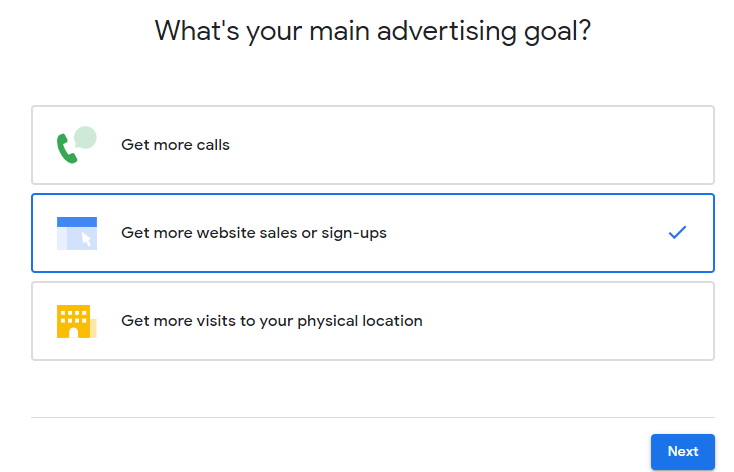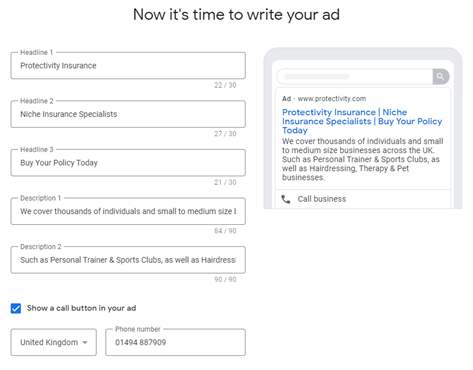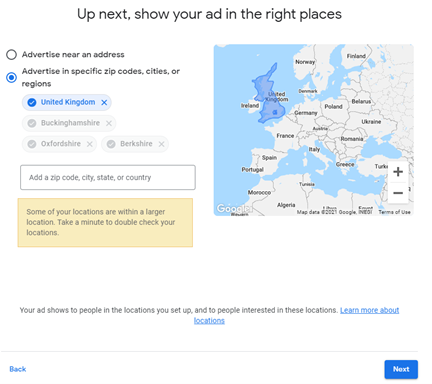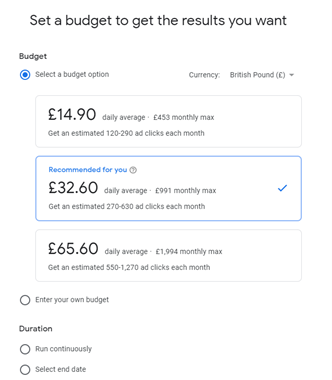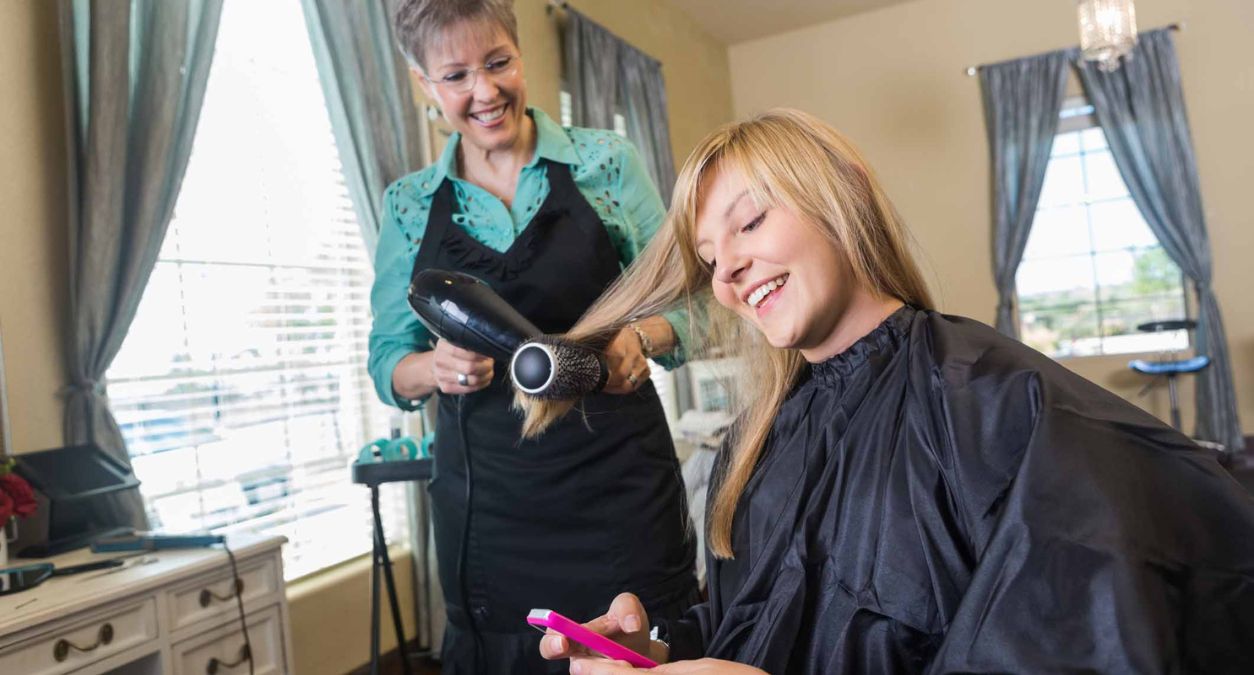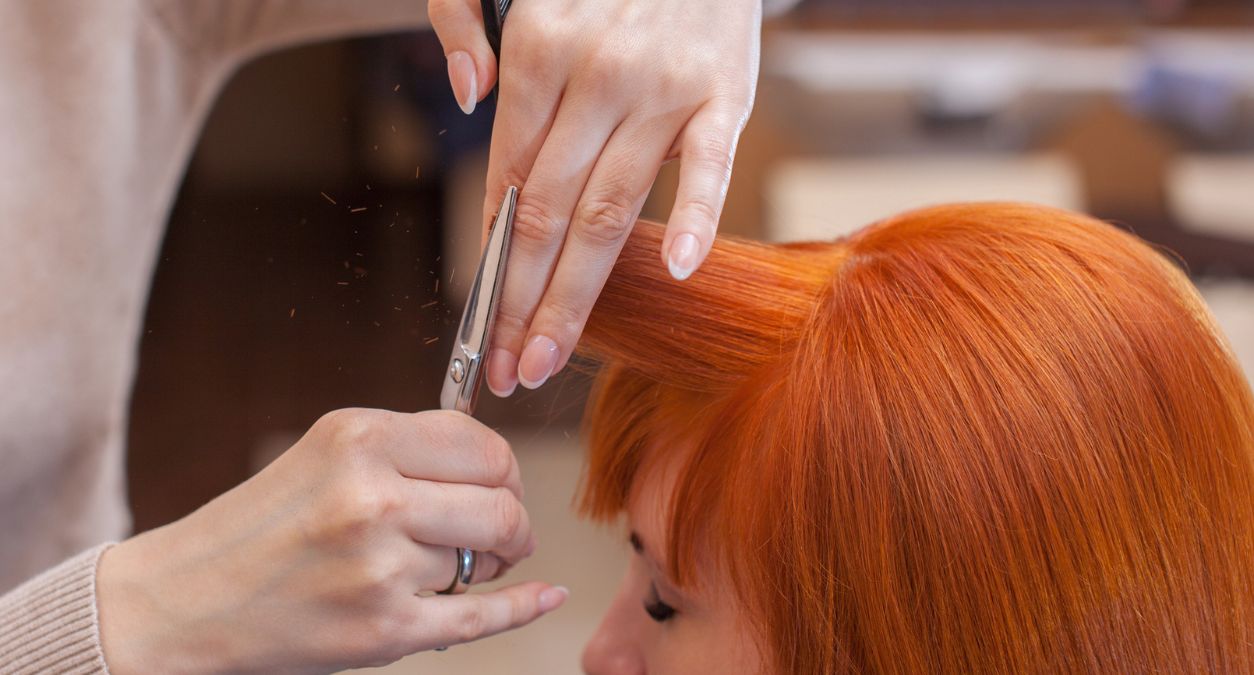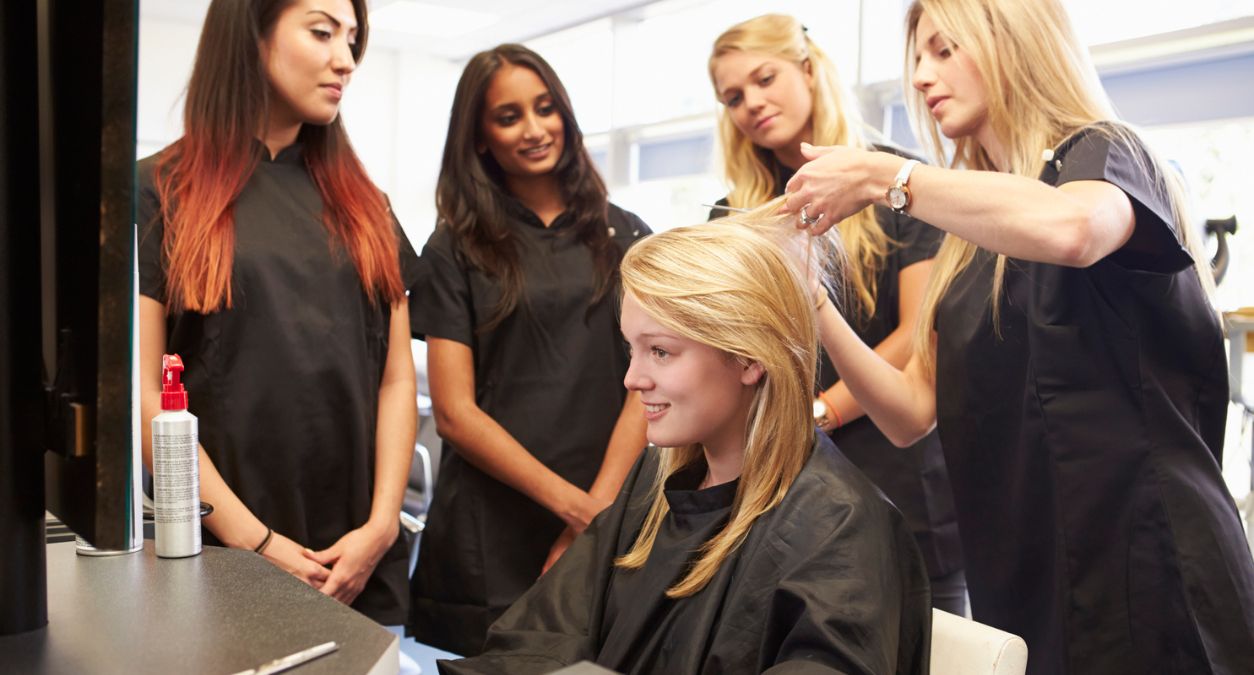Table of contents
Table of contents
If you are looking to join the estimated 2.7m landlords in the UK investing in property, it may be useful to consider which buy-to-let strategy is most suitable for you. We hope the following guide will help you in your buy-to-let property venture.
About us
Our Rent Guarantee Insurance policy protects your income stream if your tenants fail to pay their rent, as well as providing you with legal expenses cover to help you pursue those rent arrears*.
Get Rent Guarantee Insurance from Protectivity
*Disclaimer – This blog has been created as general information and should not be taken as advice. Make sure you have the correct level of insurance for your requirements and always review policy documentation. Information is factually accurate at the time of publishing but may have become out of date.
Last updated by









